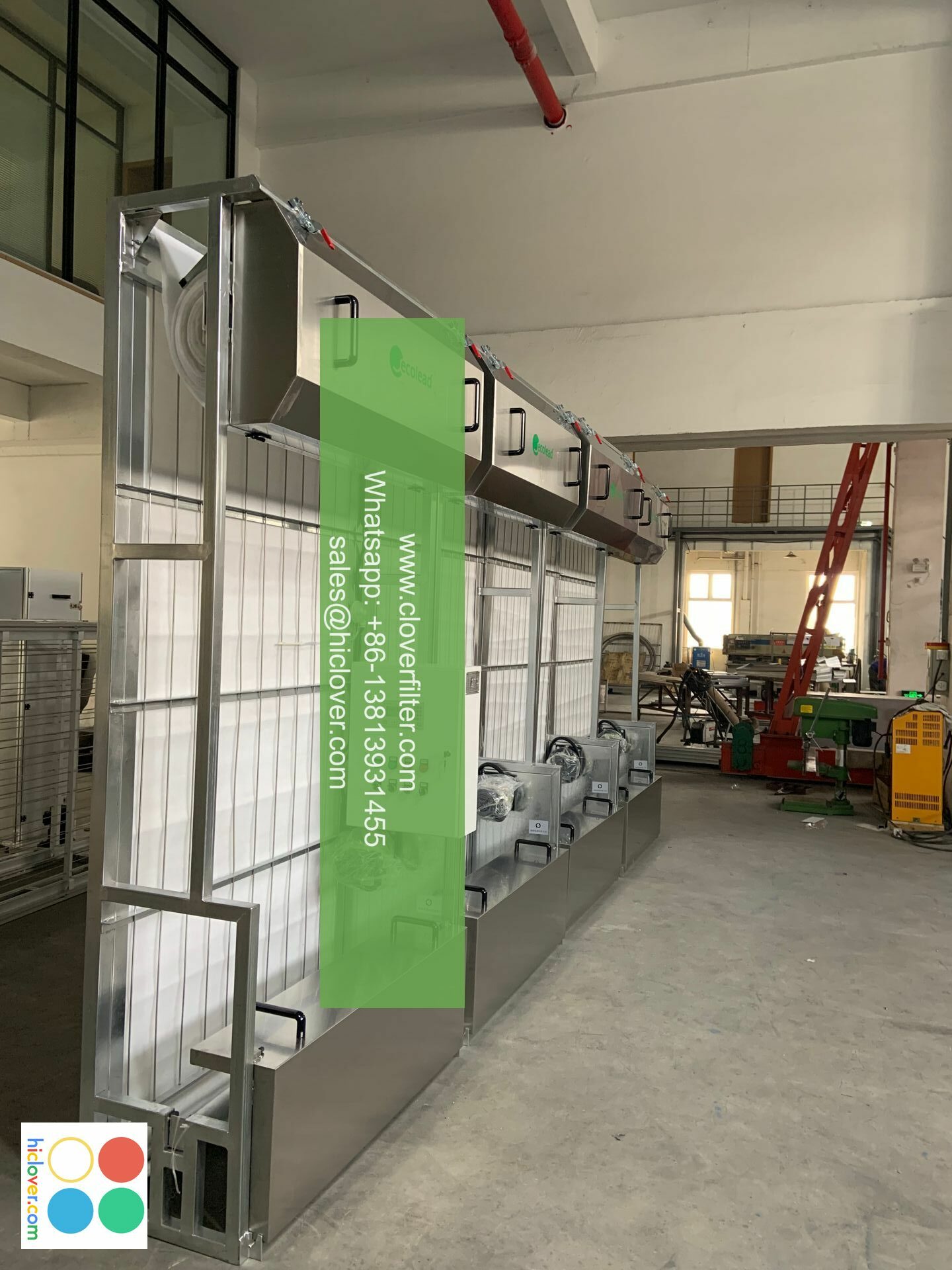Air Filters in Industrial Settings: A Matter of Safety and Productivity

Air Filters in Industrial Settings: A Matter of Safety and Productivity
Introduction
Industrial facilities rely heavily on air filters to maintain a clean and safe working environment. Airborne contaminants, pollutants, and particles can significantly impact productivity, equipment performance, and most importantly, the health and safety of employees. In this article, we will explore the importance of air filters in industrial settings, highlighting their role in ensuring a safe and productive work environment.
The Importance of Air Quality in Industrial Settings
Industrial processes and equipment often generate dust, particles, and fumes, which can pose serious health risks to employees. Breathing in these contaminants can lead to respiratory problems, respiratory diseases, and even long-term health implications. The National Institute for Occupational Safety and Health (OSHA) has established regulations and guidelines for indoor air quality in industries, emphasizing the importance of maintaining optimal air quality (OSHA, 2020). Air filters play a crucial role in ensuring compliance with these regulations and ensuring a safe working environment.
Types of Air Filters for Industrial Settings
There are various types of air filters available for industrial applications, each designed to address specific challenges and airborne contaminants. Some common types of air filters used in industrial settings include:
- HEPA (High Efficiency Particulate Air) filters: Designed to capture 99.97% of particles as small as 0.3 microns, HEPA filters are effective against dust, pollen, and other airborne particles.
- Activated Carbon filters: Effective against gases, vapors, and odors, activated carbon filters are commonly used in industries handling chemicals, paint, or contaminated materials.
- Coalescing filters: These filters eliminate small particles and droplets, often used in industries related to oil and gas, mining, and manufacturing.
- Improved Safety: Air filters reduce exposure to airborne contaminants, minimizing the risk of respiratory problems and other health issues.
- Increased Productivity: Clean air improves focus and concentration, leading to increased productivity and efficiency.
- Equipment Protection: Air filters prevent damage from airborne particles and contaminants, extending equipment lifespan and reducing maintenance costs.
- Compliance: Air filters help ensure compliance with OSHA regulations and industry standards for indoor air quality.
- Manufacturing: Fabrication, assembly, and machinery operations require clean air to ensure quality and precision.
- Oil and Gas: Drilling, extraction, and refining processes generate high levels of dust, fumes, and particles, necessitating effective air filtration.
- Mining: Operations involve significant dust generation, requiring robust air filtration systems to maintain a clean and safe environment.
- Healthcare: Hospitals and medical facilities require air filters to reduce airborne transmission of germs and other microorganisms, ensuring a healthy environment for patients and staff.
Benefits of Air Filters in Industrial Settings
The benefits of air filters in industrial settings are numerous:
Applications of Air Filters in Industrial Settings
Air filters are employed in various industries, including:
Conclusion
In conclusion, air filters are a vital component in industrial settings, contributing to a safe and productive work environment. By selecting the right air filter for the specific industry and application, facilities can reduce risks associated with airborne contaminants, improve equipment performance, and maintain compliance with regulations. In the words of the Occupational Safety and Health Administration (OSHA), "Clearing the Air: A Guide to Indoor Air Quality" (OSHA, 2020): "Indoor air quality is critical to worker health and well-being," and air filters play a crucial role in achieving this goal.
References
OSHA. (2020). Clearing the Air: A Guide to Indoor Air Quality. U.S. Department of Labor. Retrieved from https://www.osha.gov/publications/clearing-air-guide-indoor-air-quality
I’m happy to help with a prompt! What would you like to talk about or work on?


